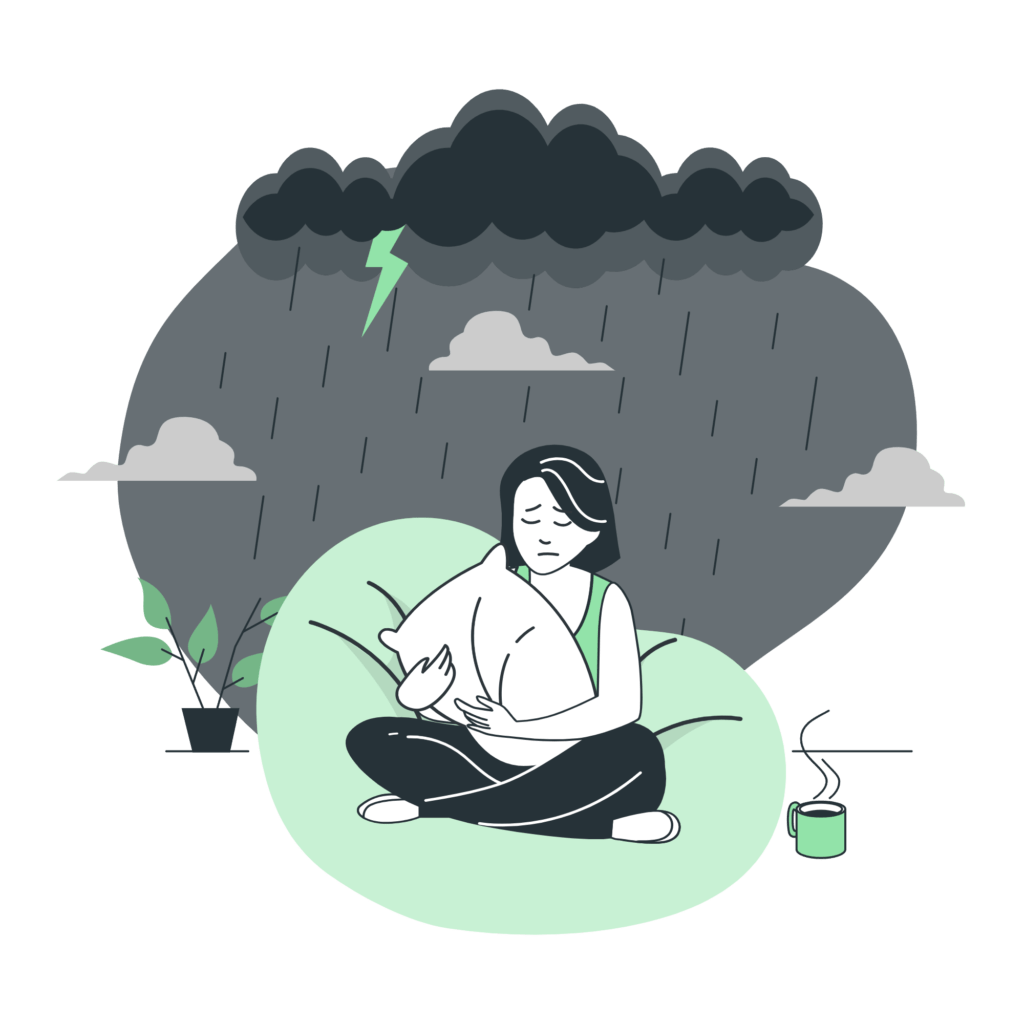Life is a journey filled with both joys and sorrows, successes and failures, and moments of immense happiness as well as deep pain. The phrase “Pain is Inevitable but Suffering is Optional” encapsulates a profound truth about human existence. It reflects the idea that while we cannot always control the challenges and difficulties that come our way, we do have the power to choose how we respond to them. This concept invites us to explore the nature of pain, suffering, and the resilience of the human spirit.

Understanding Pain and Suffering
Pain is a universal experience. It can manifest in physical, emotional, or psychological forms, stemming from various sources such as loss, illness, disappointment, heartbreak, and more. Pain, in its essence, is a response to the inevitable difficulties of life, a natural mechanism that alerts us to potential threats and motivates us to take corrective actions. It is an essential aspect of being human, an experience that connects us through our shared vulnerability.
Suffering, on the other hand, extends beyond the initial pain. It is an emotional response, a state of distress that lingers long after the initial source of pain has subsided. Suffering often arises from the stories we tell ourselves about the pain – the narratives that we create and cling to. These narratives can trap us in a cycle of negative emotions, preventing us from moving forward and embracing the present moment.
The Power of Perception and Choice
The adage “suffering is a choice” does not mean that one should deny or suppress their pain. Rather, it emphasizes the power of perception and the choices we make in interpreting and responding to that pain. Our thoughts and beliefs play a significant role in determining whether pain evolves into suffering. It is within our control to choose how we perceive and process our experiences, thereby influencing the emotional impact they have on us.
Cultivating Resilience and Growth
Resilience, the ability to bounce back from adversity, is closely tied to the idea that suffering is a choice. Resilience involves acknowledging pain and discomfort, yet refusing to let them define our existence. By reframing our perspective and consciously choosing to focus on growth, learning, and positive aspects, we can transform suffering into an opportunity for personal development.
Practical Steps towards Choosing Non-Suffering
1. Mindfulness: Practicing mindfulness helps in staying present and observing thoughts and emotions without judgment, reducing the tendency to create suffering-inducing narratives.
2. Acceptance: Accepting pain as a part of life’s natural ebb and flow can lessen resistance and reduce suffering.
3. Reframing: Viewing challenges as opportunities for growth can change our perception of suffering, shifting the focus from victimhood to empowerment.
4. Letting Go: Releasing attachments to the stories we create about pain can free us from prolonged suffering.
The aphorism “Pain is Inevitable but Suffering is Optional” is a reminder of the agency we possess in navigating life’s trials. It underscores the fact that, while we cannot control all circumstances, we have the power to shape our emotional responses and perspectives. By recognizing that suffering often stems from our interpretations of pain, we can embark on a journey towards resilience, growth, and a more fulfilling existence. In making the conscious choice to let go of unnecessary suffering, we open ourselves to the beauty and potential that life holds, even amidst the inevitable challenges.

